Short Story
Urban areas face unnoticed dangers from toxic air pollutants, lacking awareness on their types and health impacts. EPA warns of severe risks from PM10, PM2.5, O3, NO2, CO, and SO2, causing cancer and respiratory issues. A prototype drone with affordable sensors maps pollutants, purifies air with a HEPA filter, and predicts future air quality via AI models. Prioritizing sustainability, the eco-friendly drone aligns with global climate action, focusing on Fremont, California’s environment.
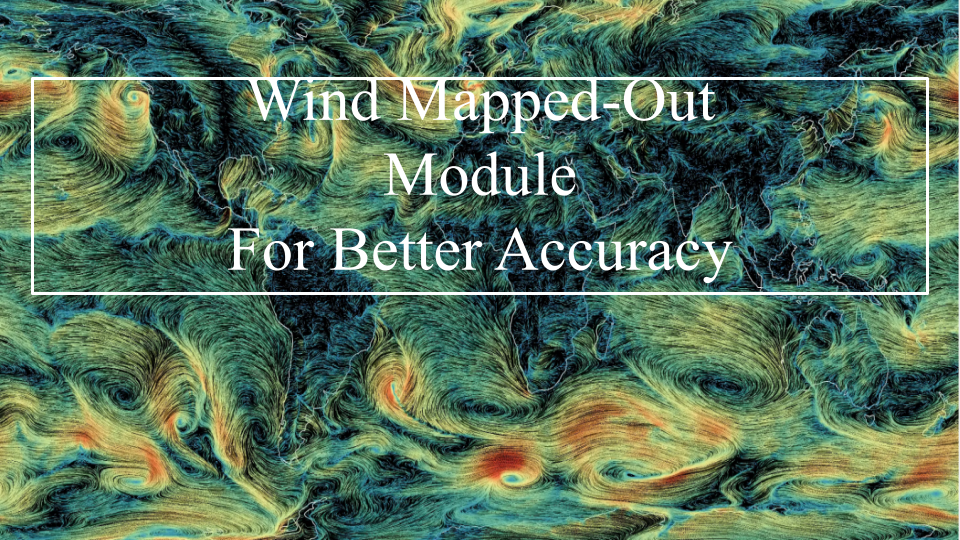

Story
Challenge
The challenge or issue that we are planning to tackle is that there are numerous quantities of toxic air pollutants in a conglomeration of cities and the residents who reside in those areas are not really aware of the potential dangerous effects these pollutants can have on them. To instantiate, most people are not sure about what pollutants are in their area, the potential effects these pollutants can have on them, future trends of these pollutants (eg. which pollutants will augment in quantity), and their source of emissions as this will help us comprehend which sources a city can cut down on or implement alternative, more environmental friendlier solutions. Furthermore, to illustrate more from a health perspective, according to the United States Environmental Protection Agency (EPA), “People exposed to toxic air pollutants at sufficient concentrations and durations may have an increased chance of getting cancer…damage to the immune system, as well as neurological, reproductive, developmental, respiratory and other health problems. In addition…some air pollutants…can deposit onto soils or surface waters, where they are taken up by plants and ingested by animals and are eventually magnified up through the food chain. Like humans, animals may experience health problems…” In order to deeply understand the effects of pollution, we need to be aware of the main components that consist of pollution. The NSW Health states that the most common air pollutants are particulate matter (PM10 and PM2.5), ozone (O3), nitrogen dioxide (NO2), carbon monoxide (CO), and sulfur dioxide (SO2) and they can possibly create “reduction in life expectancy”, “increased susceptibility to respiratory infections”, “airway inflammation”, “suffer permanent brain injury or death”, and “exacerbation of cardiovascular diseases”, respectively. Seven million people pass away annually because of air pollution and we believe that the prototype we have already put together can be the start of the downfall of this global dilemma.
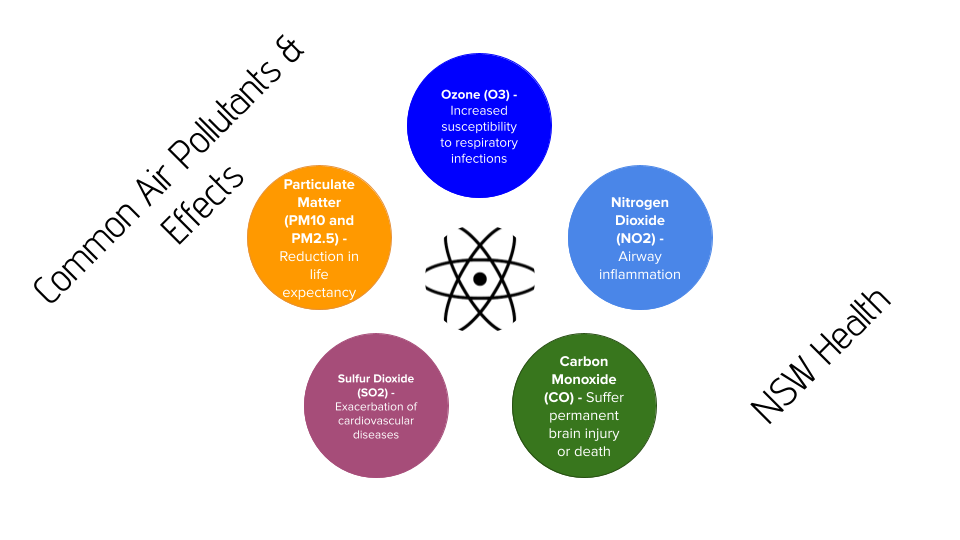
Prototype
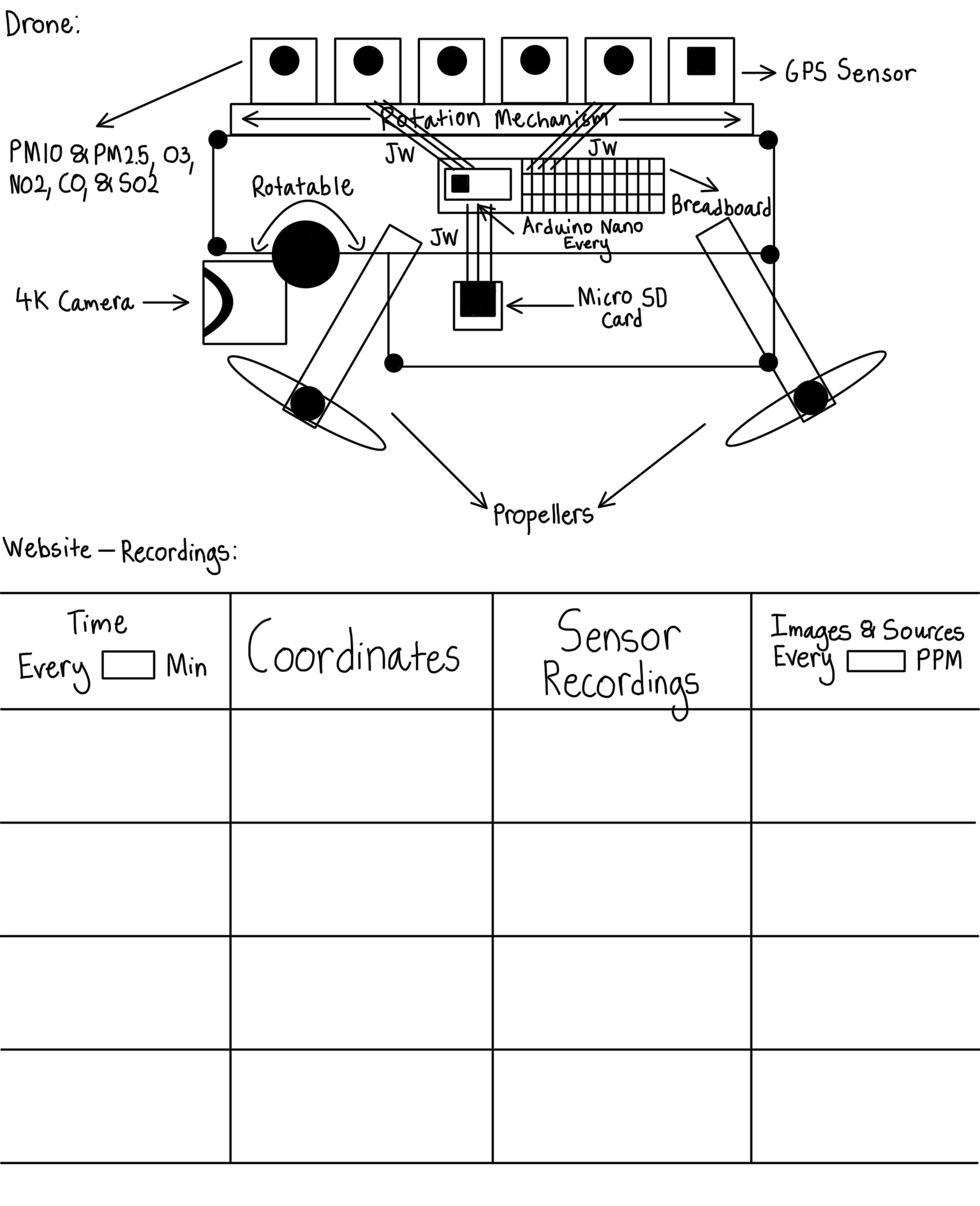
STEM will be applied to address this challenge or issue as we have already assembled together a human-controlled environmental friendly drone (we are planning to create an autonomous update in the future) that will explore our city, and while it navigates the atmosphere, it will detect the quantity of particulate matter (PM10 and PM2.5), ozone (O3), nitrogen dioxide (NO2), carbon monoxide (CO), and sulfur dioxide (SO2) as well as extracting the exact coordinate location of our drone. The drone will then purify parts of the air where a multitude of those air pollutants mentioned above exist in that area using a high-quality HEPA filter. The sensors we have used are cost-effective (eg. for the invisible carbon monoxide we are using the Gravity: Analog CO Sensor (MQ7) which is approximately nine dollars)! Our drone is also equipped with an Arduino Nano Every (it is one of the most cost-effective microcontrollers on the market) which provides power and enables us to control all these extra components which will then transmit the data collected by the drone to a MicroSD card. The microcontroller is connected to the sensors via a breadboard and a few jumper wires. The sensors are mounted onto a rotating mechanism which is attached to the head surface of our drone. We have implemented this rotating mechanism because we really wanted to build our drone in as sustainable a manner as possible and this mechanism enabled us to purchase only one of each type of sensor despite this, it still covers all four cardinal directions as it rotates. A high-resolution camera is placed on the bottom-front surface of our drone. The tip where the camera is mounted onto the drone is also rotatable, enabling the camera to capture a multitude of images in unique angles and views. After our drone takes these pictures, we will create an AI model (these AI models can be found on our website which is currently under construction) that can figure out the activity in the images that caused an unusual quantity of air pollutants. Another AI model we are creating is for a prediction to be concluded using the data reported from the PM10 and PM2.5, O3, NO2, CO, and SO2 sensors about how the state of the city will be in the future, regarding air pollution. A final touch-up on our agenda is to implement a mapped-out module of the wind so that we will be provided with more accurate data about the source that emitted most of the air pollutants. To conclude, we have also emailed the mayor of our city about our prototype and what she has to say, regarding this.

Sustainability
“The climate crisis is one of the greatest challenges of our time. The consequences of inaction are unimaginable and require the contribution of every one of us, including businesses and governments.” – Jong-Hee Han, Vice Chairman and CEO, Samsung Electronics. We will ensure the drone, our solution will be sustainable for five simple reasons. First, we need to comprehend the definition of sustainability. According to the Oxford Dictionary, sustainability means, “avoidance of the depletion of natural resources in order to maintain an ecological balance. ‘the pursuit of global environmental sustainability’”. Number one, our drone is eco-friendly which means it does not emit any gasses that harm the environment like carbon dioxide. Number two, our drone contains an Arduino Nano Every microcontroller which is one of the most cost-effective microcontrollers on the market. Number three, our drone implements a rotatable mechanism that enables us to purchase only one type of sensor that can cover the four cardinal directions. Number four, we display the results of the air pollution test on a MicroSD card and have the AI model for further analysis on our website, which enables us to save costs on purchasing a display system (eg. LCD). Number five, the drone itself was created to sustain the environment for our community, starting from our city, Fremont, California.
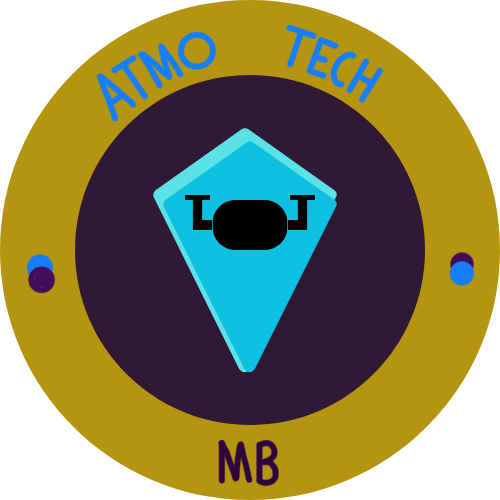


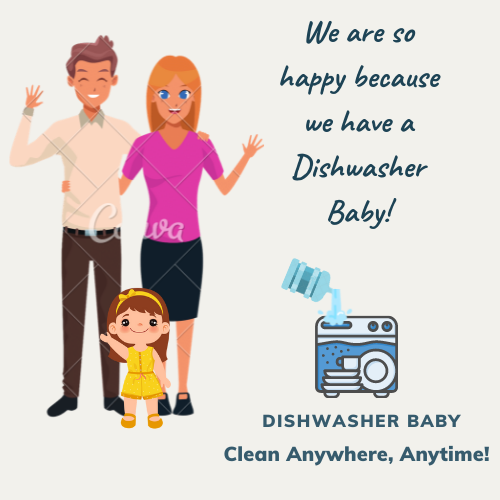
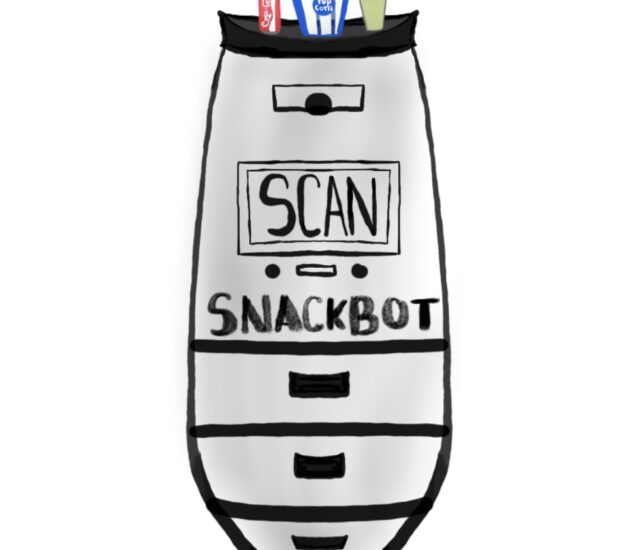
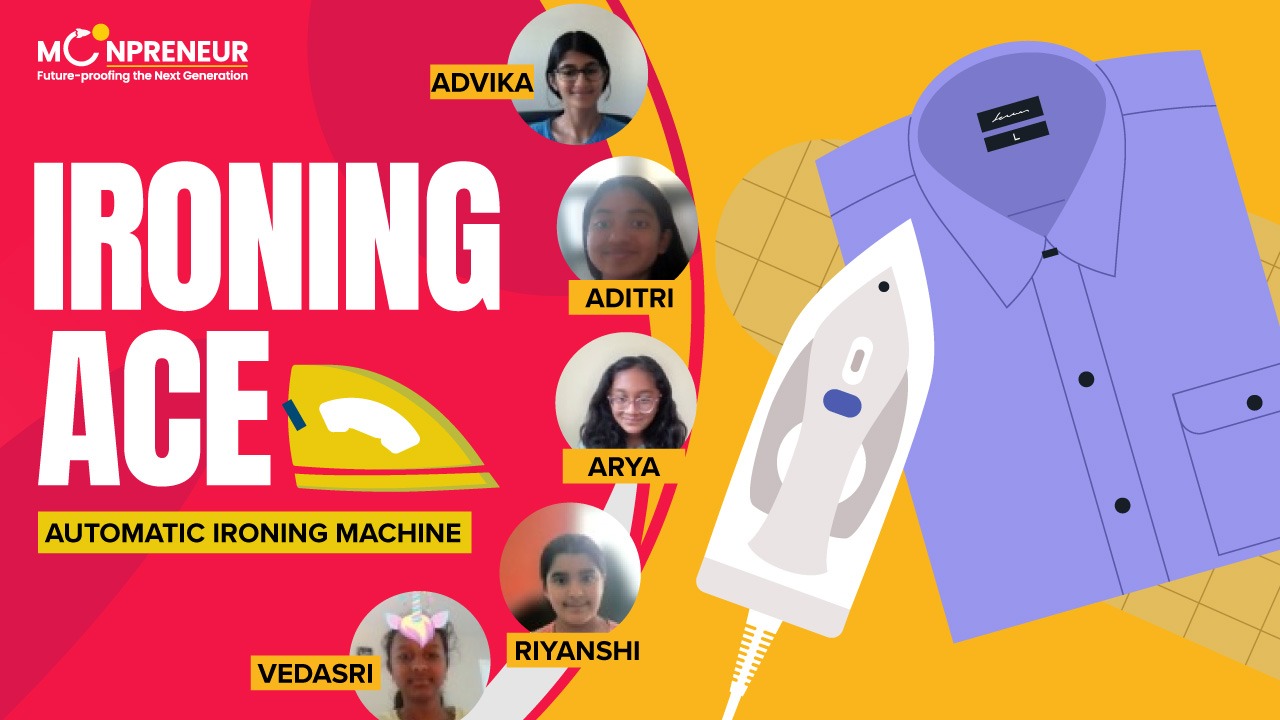

Reviews
There are no reviews yet.